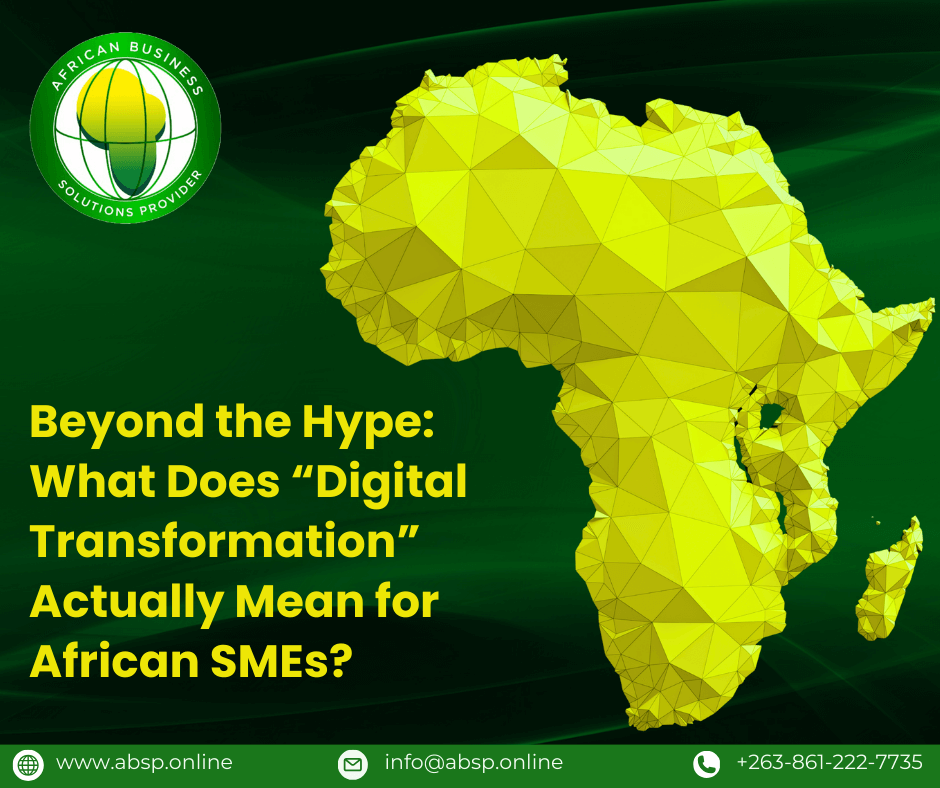From Blockchain to Quantum Encryption: Emerging Tech Shaping Cybersecurity
Introduction
Cybersecurity is evolving at breakneck speed—and so are the technologies driving it. From blockchain to artificial intelligence (AI) and now quantum encryption, we’re entering an era where data protection is no longer just reactive—it’s becoming predictive, decentralized, and nearly unbreakable.
But with innovation comes disruption. As defenses grow smarter, so do the threats. This blog explores how these emerging technologies are reshaping cybersecurity—and what that means for businesses, professionals, and the future of digital trust.
1. Blockchain: More Than Just Crypto—A New Identity Framework
While blockchain is best known as the tech behind Bitcoin, its potential in cybersecurity is massive—especially for identity and access management.
How it works:
Blockchain is a decentralized ledger where data is stored in encrypted blocks across multiple nodes. Once verified, it’s nearly impossible to alter without consensus—making it tamper-resistant.
Problem it solves:
Identity verification.
Traditional identity systems store user data in centralized databases—prime targets for breaches (e.g., Equifax, Facebook, Marriott). Blockchain-based identity systems allow users to:
Control their own credentials
Share only what's necessary (zero-knowledge proofs)
Avoid storing sensitive data in a single hackable location
Real-world use:
Microsoft’s ION project uses blockchain to build decentralized digital identities (DIDs) that users can own and control themselves.
Civic and uPort offer blockchain-powered logins that verify identity without a central authority.
Takeaway: Blockchain could reduce identity theft and password breaches by empowering users and distributing trust.
2. AI & Machine Learning: The Smartest Defender—and Threat
Artificial Intelligence is now both the sword and the shield of cybersecurity.
AI for Defense:
Threat Detection: AI can scan billions of events in real time to flag anomalies that human teams would miss.
Behavioral Biometrics: AI systems can recognize users based on how they type, swipe, or move their mouse.
Automated Response: AI can isolate affected systems the moment suspicious behavior is detected.
AI for Offense:
Cybercriminals are using AI to:
Craft smarter phishing emails (e.g., mimicking a boss’s writing style)
Break CAPTCHAs
Launch deepfake scams (audio/video impersonation of CEOs)
Real-world use:
Darktrace uses AI to detect abnormal behavior inside networks and respond automatically—like an immune system.
Google Cloud’s Chronicle analyzes petabytes of logs with AI to pinpoint breaches quickly.
Takeaway: AI is becoming essential for proactive defense, but security teams must also learn how to fight fire with fire—AI vs. AI.
3. Quantum Encryption: The Next Great Leap in Cyber Defense
Quantum computing is no longer theoretical. As companies like IBM and Google make breakthroughs, cybersecurity experts are racing to prepare for what’s next: the quantum threat—and its defense.
The Threat:
Quantum computers could, in theory, break most of today’s public key encryption systems (like RSA and ECC) in minutes using Shor’s Algorithm.
That means everything from your online banking to military communications could be decrypted—unless we upgrade.
The Solution: Post-Quantum Cryptography (PQC)
This is a new class of encryption resistant to quantum attacks.
In 2022, NIST began standardizing post-quantum encryption algorithms. As of 2025, the rollout is ongoing across:
Government systems
Financial institutions
Cloud service providers
Quantum Key Distribution (QKD)
This technique uses quantum particles to exchange encryption keys. Any attempt to intercept the key changes its state—alerting both parties to tampering.
Real-world progress: China launched the first satellite capable of quantum key distribution (Micius) in 2016.
ID Quantique (Switzerland) offers commercial quantum-safe encryption for global enterprises.
Takeaway: Quantum encryption could make future communications nearly unhackable—but the race is on to upgrade before quantum hackers catch up.
4. Cybersecurity Jobs Emerging from These Changes
As these technologies evolve, so do the roles in cybersecurity. Here are jobs that will grow in demand:
Blockchain Security Engineer
Role: Securing decentralized applications, smart contracts, and digital identity systems.
Skills: Solidity, cryptography, smart contract audits.
AI Cybersecurity Analyst
Role: Training and tuning machine learning models for threat detection.
Skills: Python, TensorFlow, threat intelligence, data science.
Post-Quantum Cryptographer
Role: Designing and deploying quantum-resistant algorithms.
Skills: Advanced math, cryptography, quantum theory.
Zero Trust Architect
Role: Designing systems that assume no implicit trust and validate every access request.
Skills: IAM, network segmentation, policy enforcement.
Tip: If you’re a cybersecurity professional, start upskilling in AI and post-quantum encryption now—the future is already here.
Conclusion: What Now?
The cybersecurity landscape is transforming—from linear defenses to dynamic, distributed, and quantum-secure systems. Businesses that want to stay ahead must:
Explore blockchain-based identity solutions
Integrate AI into their security stacks
Prepare for quantum disruption—before it hits
Upskill teams for the jobs of tomorrow
Whether you're a small business, enterprise, or IT professional, the technologies shaping cybersecurity today will define your resilience tomorrow.
Remember: Cybersecurity isn't just about reacting to threats anymore—it's about predicting, adapting, and building smarter defenses before they’re needed.
Stay ahead. Stay secure.
#Cybersecurity #InfoSec #CyberResilience #ZeroTrustSecurity #CloudSecurityStrategy



Comments
John Doe
January 26 2021
Lorem ipsum dolor sit amet, consectetur adipisicing elit. Architecto aspernatur cupiditate dolore laudantium magni maiore minus odit optio perspiciatis qui, rem sit unde? Aliquid dolor, eaque eligendi minus quis sequi?
John Doe
January 26 2021
Lorem ipsum dolor sit amet, consectetur adipisicing elit. Architecto aspernatur cupiditate dolore laudantium magni maiore minus odit optio perspiciatis qui, rem sit unde? Aliquid dolor, eaque eligendi minus quis sequi?